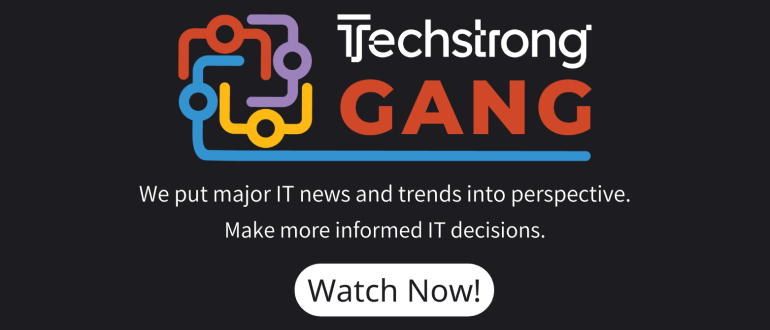Cisco and Nutanix this week announced a strategic partnership through which the two companies will collaborate to advance hybrid cloud computing.
As part of that agreement, Cisco is committing to making AHV virtual machine software from Nutanix available from the edge to the cloud, starting with the Cisco Unified Compute Systems (UCS) rack and, soon after, blade servers.
Jeremy Foster, senior vice president and general manager of Cisco Compute, said via a software-as-a-service (SaaS) platform, Cisco will be able to centrally manage virtual machines from Nutanix alongside the other major virtual machines it already supports.
In addition, the partnership will enable Cisco to apply multiple forms of artificial intelligence (AI) across a hybrid cloud computing environment, he added.
Thomas Cornely, senior vice president of product management for Nutanix, said the goal is to provide IT teams with an opportunity to consolidate infrastructure across a hybrid cloud computing environment. In effect, Nutanix and Cisco are working toward converging the control planes across their entire respective portfolios, he added.
The goal is to enable IT teams to streamline the number of platforms that need to be supported as part of an effort to reduce the total cost of IT, said Cornely.
The issue that IT organizations regularly encounter is that each platform requires hiring additional IT personnel to manage. At a time when many organizations are encountering economic headwinds, there is a natural inclination to reduce the number of platforms as the size of the IT staff is reduced. Despite advances in automation, IT labor costs still represent the largest overall segment of any IT budget.
It’s not clear how aggressively IT teams are consolidating IT infrastructure to reduce costs, but after more than a decade of continuous investments in IT, many organizations are discovering they are supporting a wide range of platforms. During a downturn, however, IT teams tend to more aggressively eliminate “snowflake” platforms that require unique skillsets to manage, noted Cornely.
In the meantime, IT environments are also becoming more distributed as more workloads move to the network edge. Those workloads are not replacing applications running in on-premises or cloud computing environments, so the overall IT footprint will continue to increase. Given the chronic shortage of IT skills, the only way to effectively manage that IT estate will be to rely more on automation frameworks increasingly infused with AI.
Each IT organization will need to determine for itself what level of automation to embrace, but Cisco is betting most will opt to rely on a SaaS platform provided by a vendor versus building and maintaining an IT management platform themselves. Regardless, legacy approaches that depend heavily on manual processes will increasingly give way to cloud-based platforms that can more easily manage workloads wherever they happen to be deployed.
The issue now, as always, is funding the transition to new platforms to bring the total cost of IT back under control and eventually pay for themselves.





